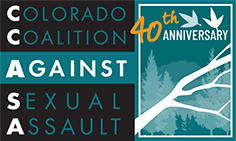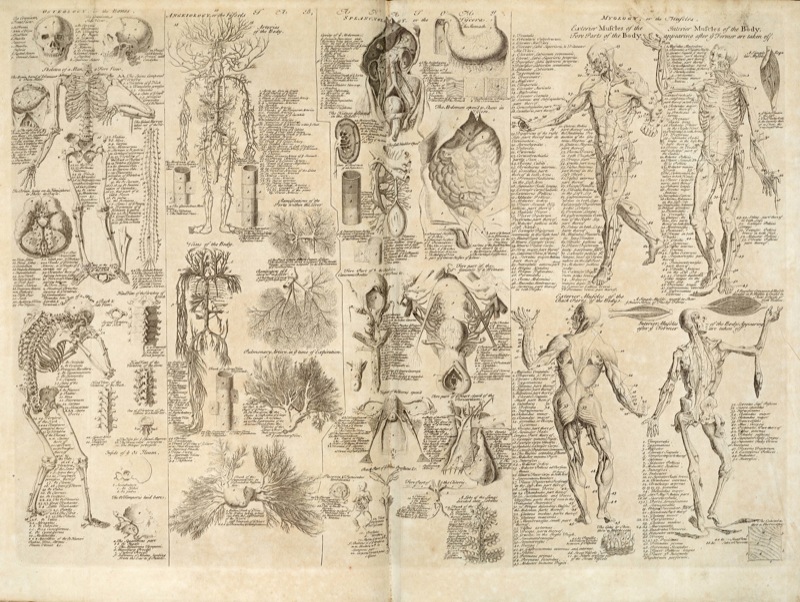By Kristine Ives, CCASA Blogger
By teaching children accurate terms to identify anatomy, we can minimize feelings of shame, decrease the probability of sexual abuse, and increase the likelihood that children will seek medical attention as needed regardless of the afflicted body part. If an instance of sexual abuse occurs, children who are taught correct body terms are more likely to speak up quickly and will be able to more accurately outline their trauma for the judicial system. This ability to accurately describe what occurred can make a huge difference in the outcome of a criminal investigation.
I adopted my son when he was 10 years old and I made a point to integrate body part conversation into our daily life until he was comfortable enough to speak the words himself. He broke his leg at age 12, and nurses were impressed that under conscious sedation he used the word penis rather than a euphemism. On a recent shopping trip I explained that a good rule of thumb for judging if pants fit, is that I should not be able to see the outline of his penis in the pants. He rolled his eyes and got a bigger size. I love that I can have such open conversation with my child in a way that invokes humor and openness and denounces shame.
Something as simple as educating our children about body parts can lead to a healthier outlook on their bodies and relationships:
“Teaching children anatomically correct terms, age-appropriately”, says Laura Palumbo, a prevention specialist with the National Sexual Violence Resource Center (NSVRC), “promotes positive body image, self-confidence, and parent-child communication; discourages perpetrators; and, in the event of abuse, helps children and adults navigate the disclosure and forensic interview process. […]”
“We don’t want kids to think they’re going to get in trouble by asking questions about sexual matters and health,” Palumbo says. When officials pull a teacher into an investigation or escort a legislator from her state house floor for using the word “vagina,”or a parent removes a child from a class that uses the word “penis,” children are more likely to think their questions will get them in trouble, she says. This shuts down communication, reinforcing the culture of secrets and silence perpetrators rely on for cover.
Medical professionals agree that children should be taught how to accurately identify their body parts as this helps kids to more directly communicate medical issues. “A child should view their entire body as healthy and there’s no particular part of their body that’s shameful,” Dr. Bob Sege, the director of Boston Medical Center’s division of family and child advocacy, told NBC’s TODAY. When children are taught euphemisms for body parts, it can lead them to think of that part of the body as shameful and something not to be discussed. Teaching children accurate terms also empowers them to have ownership over their bodies. If youth are raised with a deeper understanding of body agency and consent, they will be more likely to speak up if their boundaries are violated or if they witness the violation of someone else’s boundaries and are less likely to violate the boundaries of others.
Image Credit: http://farm4.static.flickr.com/3014/3060742413_c416f63d6e_o.jpg

